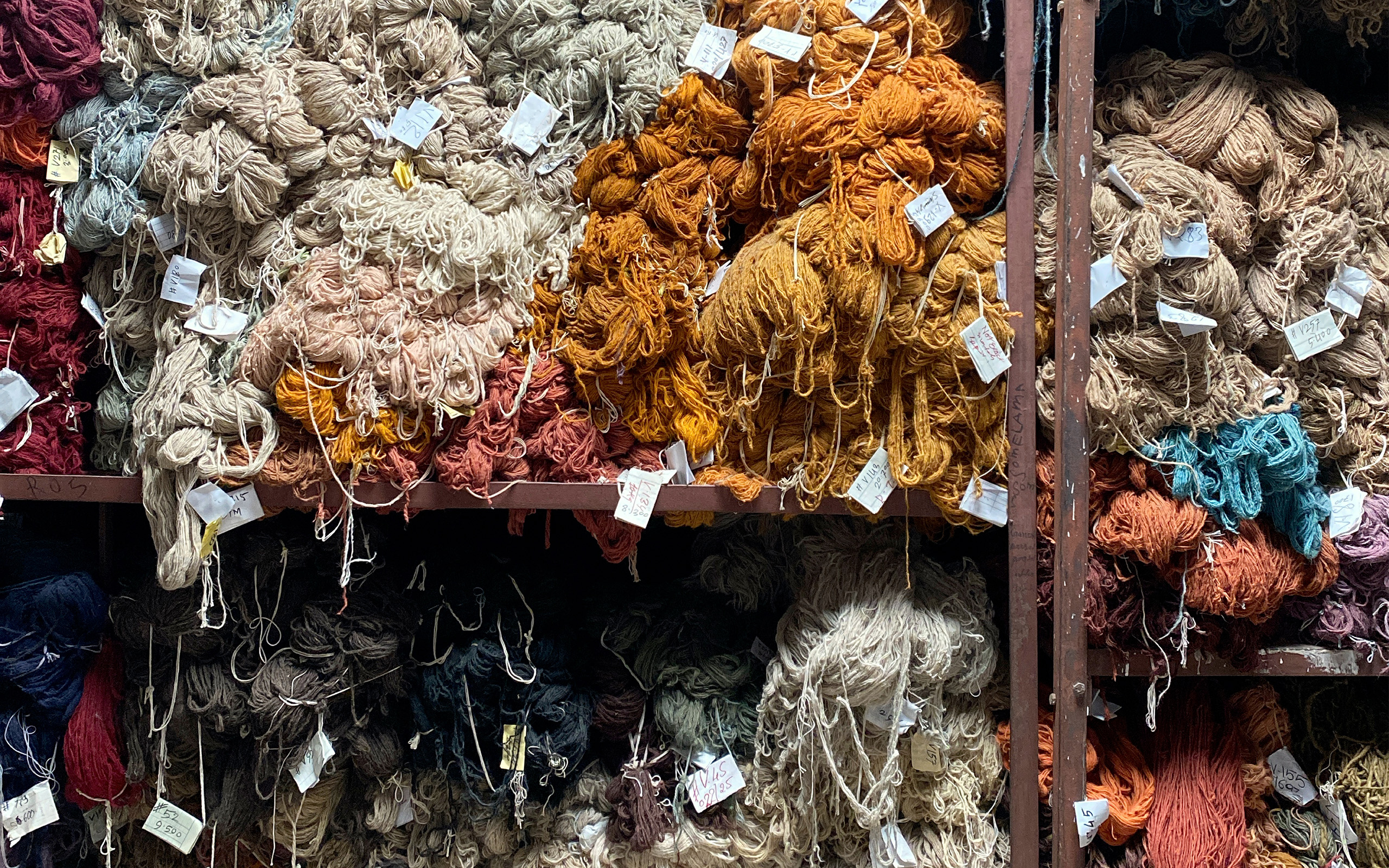Did you ever see “Mad Max: Beyond Thunderdome“?
Due to my father’s love of bad sci-fi action films (which I unfortunately inherited) I watched this movie an estimated 2,345 times during my formative teenage years. For those not familiar, the movie takes place in a post apocalyptic society, and more specifically in a town, if you will, run entirely on the energy produced from a pig (Sus domestica) excrement methane plant. Stop right there! (Thanks Meatloaf.) I am not going to compare any rugs or carpets to pig excrement even though we all know there are many worthy candidates, but I am going to continue with this tenuous intro. One of the antagonists is a man named “Master” who with the assistance of his much larger/stronger/less intelligent muscle named “Blaster” enjoys a monopolistic control of the supply of energy to the town, much to the consternation of the fascist leader played by the lovely and scantily clad Tina Turner. His main weapon of choice? Well in his very own words: “Embargo on!”
The short(ish) explanation: A Game of Fools
The short – and I’m actually keeping it short after editing out the much longer version – is that I did vote for Barack Obama during the last United States Presidential Election (A constitutional perk afforded to expatriates along with taxation. Can’t tax us if you don’t let us vote.). And while I am generally supportive of most Democratic Party initiatives (not to be confused with democracy), Mr. Obama like nearly every United States’ President before him is making a blunder in thinking that economic sanctions are going to foment the political change in Iran desired by The West. It’s just not the case. It hasn’t worked in Cuba or North Korea nor is it going to work in Iran. Why? The United States’ post World War II “sphere of influence” policies, have led to free trade, globalization, and to the creation of people (both jointly and severally) who are, in what is the root of all of this, masters at: Capitalism. There are simply just too many people and countries for there not to be someone, somewhere willing to sell goods in defiance of the United States’ embargo, in search of the proverbial almighty dollar.
Add in the real tragedy of the suffering of the impoverished, oppressed populations of the embargoed countries, who are truly powerless to change or overthrow their governments (as is this not a goal of the embargo?), and the reasons for the failures of embargoes become even clearer.
But what does this have to do with rugs?
I thought you were “The Ruggist” not Henry Kissinger.
Well! “Embargo On” might just have been shouted by Mr. Obama when he imposed the new economic sanctions on Iran that are due to take effect this fall specifically on September 29, 2010. This means that any and all Iranian origin carpets and rugs that are to legally enter the United States must be cleared and entered into the country by September 28, 2010. This was reported in Rug News on July 1, 2010 in the following article: Rug News Article from 2010 which also has some lively and somewhat bigoted comments, that I recommend reading. After that date, even shipments from third countries (as I understand it) of Iranian origin carpets will be banned. And this my dear readers is a shame.
Commentary
The previous Iranian embargo (as discussed nicely in this Rug News Article from 2007) only real effect on carpet production in Iran was to freeze it in design time relative to the United States’ tastes and fashion whims. As Rug News states “the United States moved on” and indeed so did much of The West. Innumerable companies were and are profiting from the shift in taste that saw first the rise of Chinese 90 Line Sculpted, Sino-Persian Reproductions, then Indo-Persian Reproductions, and then the dominant force of the Industry today: Tibetan. Who knows what styling would have been like had the last embargo not taken place? I don’t, but I do know that in the decade since the embargo was lifted, Iranian production was working to adapt to Western Style (which is of course no longer willing to accept a Tabriz as the end all be all of rug design thanks perhaps to that original embargo), and what beautiful carpets (from my admittedly American and Western influenced eye) we were just starting to see! Sahar from Haynes Robinson, the Gabbeh’s from Zollanvari, and the Modern Contemporary from Orley Shabahang are all examples of great modern design executed by, what many argue, are the finest weavers in the world. For many people and for reasons unknown and/or so innumerable I will not even think of getting into them, the cache of owning an Iranian rug still trumps that of other countries.
I and any manufacturer not making in Iran, knows this embargo is good for our business as it removes competition in an already overcrowded market. But in the high minded world of good design, art, and the quest for beauty, the United States’ market is losing a valuable contributor, a worthy competitor, and moreover its place as dominant tastemaker. Politics and business aside, the loss of these rugs and carpets from the United States’ market is just another step down the path of mediocrity and homogeny of design for America.
So where will the rugs go? Depending on the length of the embargo, which as one Rug News Commentator noted is likely to drag on for a while, the rugs and carpets will (because trading partners will be found and black markets will redevelop) undoubtably continue to be made and continue to be consumed, just not within the United States (at least legally). Thirteen (13) years from now the aesthetic will have changed, just as it did during the last embargo, but the times, as the song goes, they are a changin’. If I was making rugs in Iran I would turn my sights on Asia. Two (2) plus billion people with economies that are growing at breakneck speed, are poised to become massive consumers, and by extension thereof, the new style and tastemakers.
Conclusion:
The loss of American influence over the styling of rugs from Iran is of course trivial to the concerns of the world, but is nonetheless a tragedy in the ephemeral world of design. It is true that the American market will continue as it did previously, and that “What’s New?” will still be the battle cry of the design industry. If and when the embargo is lifted, perhaps the style won’t directly suit America’s tastes, and perhaps for the well being of the weavers of Iran it won’t need to either.
As always, thank you for reading.
Footnote:
The promised interview is still in the works, but I’m not good at them so it is proving to be quite difficult!


